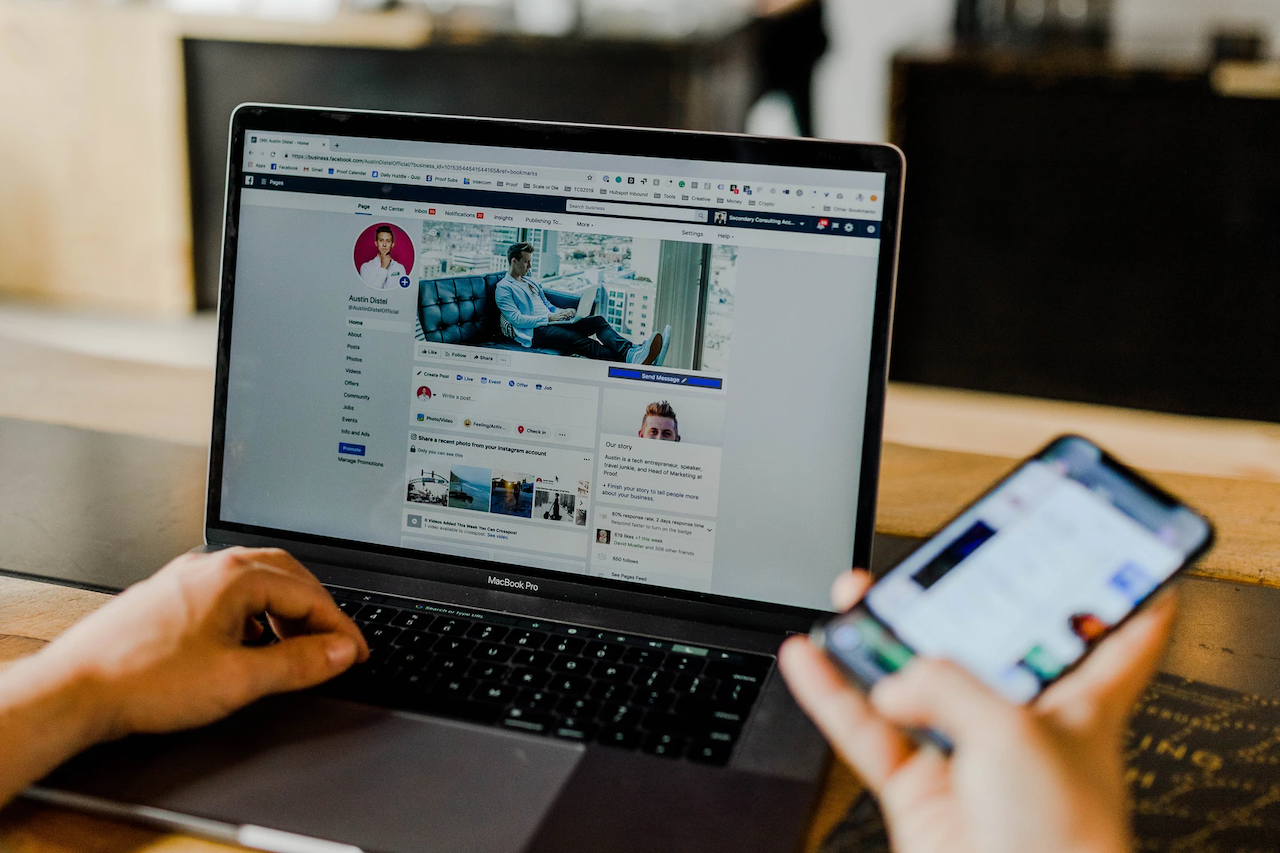
What Does Parasocial Relationship Even Mean?
Honestly don’t know how I am just learning about this now. The term “Parasocial Relationships” goes back to the 1950’s, when Donald Horton and R. Richard Wohl described the television obsessed as forming the “illusion of face to face relationship” with the performers on TV.
Now, of course, people are totally obsessed in Parasocial Relationships with people on social media too.
Just for fun, just in case you are as interested as I was in who was obsessed with which platform, here are some Pew Research stats I found for us on that:
% of U.S. adults in each demographic group who say they ever use …
| Total | 69% | 40% | 28% |
| Men | 61% | 36% | 31% |
| Women | 77% | 44% | 26% |
| Ages 18-29 | 70% | 71% | 30% |
| 30-49 | 77% | 48% | 36% |
| 50-64 | 73% | 29% | 33% |
| 65+ | 50% | 13% | 11% |
| White | 67% | 35% | 29% |
| Black | 74% | 49% | 27% |
| Hispanic | 72% | 52% | 19% |
| Less than $30K | 70% | 35% | 12% |
| $30K-$49,999 | 76% | 45% | 21% |
| $50K-$74,999 | 61% | 39% | 21% |
| More than $75K | 70% | 47% | 50% |
| High school or less | 64% | 30% | 10% |
| Some college | 71% | 44% | 28% |
| College graduate | 73% | 49% | 51% |
| Urban | 70% | 45% | 30% |
| Suburban | 70% | 41% | 33% |
| Rural | 67% | 25% | 15% |
Note: Respondents who did not give an answer are not shown. White and Black adults include those who report being only one race and are not Hispanic. Hispanics are of any race. Source: Survey of U.S. adults conducted Jan. 25-Feb. 8, 2021. PEW RESEARCH CENTER
So Is There Anything Good About Parasocial Relationships?
Actually, there are some benefits to all of this ‘following’ we’re doing. Here below are a few:
- For one thing, a Parasocial Relationship is an opportunity for the less secure among us to practice seeing themselves in the kind of relationship they dream about.
- The stakes are low, as people are less likely to get rejected than they might if they reached out to a real person in the real world.
- It’s a kind of fiction really, and studies do show that fiction is far better than nonfiction for helping us to develop empathy, critical thinking, and a stronger sense of who we are.
- It can also be individually motivating and transformative to see what other people are into, how much they are changing, in ways we may think we want to change ourselves. Here is a piece I have written previously on that.
So bingeing on your Netflix or Social Media relationships can be beneficial. And, I must confess, I feel personally related to Wolf, and Jake, and everyone else all over CNN. So then, you may wonder, why bother with real people at all?
The Downside of Parasocial Relationships
One major downside of Parasocial Relationships is that they are not real. And real relationships have been found by Harvard Researchers to be the best boost there is for longevity and well-being in our lives.
It’s also not natural nor good for us to have too many people in our lives, like how many “k” do we really have to have in our lives. According to Robin Dunbar, only 100-250 is the optimal number of people to have in our lives, not thousands at all:
Dr. Dunbar defines meaningful relationships as those people you know well enough to greet without feeling awkward if you ran into them in an airport lounge. That number typically ranges from 100 to 250, with the average around 150, he said.
Reciprocity is also a key feature in healthy relationships. Without reciprocity, we can wind up feeling used or duped, and that tends not to be good for our overall sense of self over time—toxic, as has been said in Jon Hawkins’ really good article on “Aristotle’s Essential Guide to Being a Good Friend.”
Therefore…
Nothing is either good nor bad in and of itself. Everything in moderation.
So, ask yourself, and let us know, if the characters you are hanging out with on social media or on your Netflix, Prime, Hulu…are in the way of—or in addition to—the real thing for you.
Warm wishes,
Madelaine

